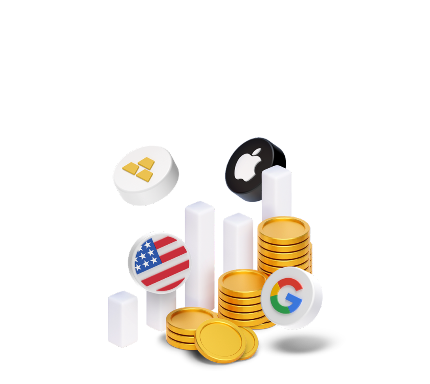How to Use Cost of Goods Sold (COGS): Formula and Examples

4 minutes for reading
This article is devoted to an economic metric called Cost of Goods Sold (COGS): what it is, what it is used for, how it is calculated, and what accounting methods it has.
What is Cost of Goods Sold (COGS)
Cost of Goods Sold (COGS) is a metric that assesses the primary cost of sold goods. It accounts for the expenses on production of goods and services. Primary cost is often the second line in the profit and loss report that goes right after the earnings line. COGS helps to calculate the gross profit of a company.
Primary cost includes the main spending that have directly to do with production of goods and services:
- expenses on crude materials and accessory, freight included;
- expenses on wages for employees, including insurance and pension payments;
- production expenses;
- storage expenses.
In essense, the COGS is the cost of everything that needs to be done and bought to sell the product. However, the metric does not account for indirect spending, such as on sales and marketing. Moreover, the COGS depends on the calculation method.
What COGS is used for
COGS is one of the most important indices in financial reports used for calculating gross profits. Gross profit is the difference between the earnings and primary costs and is one of the main profitability indices of the company. Thus, the COGS allows for assessing the dynamics of production spending and helps the management make well-weighted decisions.
Companies that are able to manage their spending on crude materials and workforce reasonably over the whole production cycle and to decrease the COGS when necessary, will have higher gross profits. Whereas if the company spends too much on production of their goods and services, and the COGS is too high, its gross profit will be falling.
With the Cost of Goods Sold, economists and investors can assess whether the company can manage its business efficiently. If the value grows, the net profit falls. This can be good for bringing down taxes on profits, yet the business will be less attractive for investors. So, as a rule, companies try to keep the COGS quite low and the net profit – rather high and thus more attractive for investing.
How Cost of Goods Sold is calculated
An essential part of exact primary cost calculation is calculation and classification of goods in the inventory. This means the information needs to be updated regularly.
The task of the COGS is to demonstrate the primary cost of sales of a certain timeframe with account of what is left in stock. Indices necessary for calculations:
- Beginning Inventory (BI) is the goods in stock at the beginning of the TF;
- Purchases (P) for replenishing the stock;
- Ending Inventory (EI) is the goods in stock at the end of the TF.
Calculation formula:
COGS = BI + P – EI
Example of calculating COGS
If the company has the BI = $5,000 at the beginning of the month, P = $3,000, and EI = $4,000 at the end of the month, the COGS will be $4,000.
COGS = 5000 (BI) + 3000 (P) – 4000 (EI) = 4000
Then we subtract the result from the monthly earnings and get the gross profit. Nowing the gross profit, we can find out the net profit by subtracting other expenses from the former, such as taxes.
COGS accounting methods
The cost of sold goods depends on the method of accounting for changes in stock that the company uses. For calculating the COGS over a certain TF, three accounting methods are used:
- FIFO (First In, First Out) is the method of assessing and managing reserves based on the idea that the goods that were received first are to be sold first.
- LIFO (Last In, First Out) is the method of assessing and managing reserves based on the idea that the goods that were received last are to be sold first. The selling price is based on the price of the last lot in stock, while the cost of reserves is based on the last selling price.
- Cost averaging method means literally averaging the cost of all goods in stock regardless of the buying or production time. This smoothes out the COGS, keeping it away from surges due to price differences.
Bottom line
COGS shows the primary cost of goods sold over a certain timeframe. This is one of important economic indices used for calculating the gross profit of the company and assessing the efficacy of its business model.











